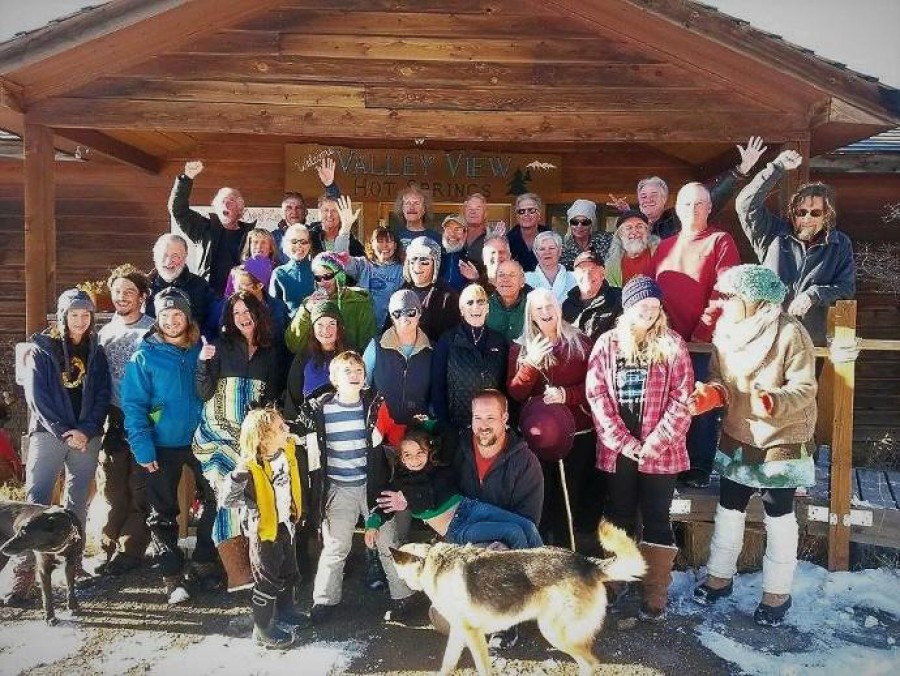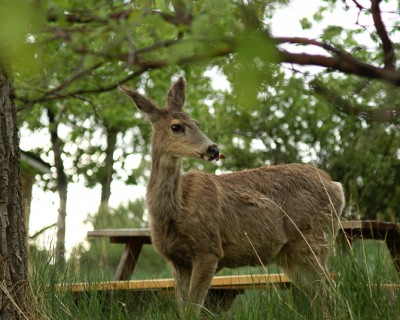The deer population at the hot springs is not "ours." They are wild deer even though they act tame. A few of the deer in our area have realized that the hot springs is a safe haven from hunters. From a wildlife management perspective, the deer have overpopulated the Sangre de Cristo range and the hot springs shares in that problem. The best solution would be to thin the herd but managing a hunt here would be difficult and would generate harsh criticism from visitors.
Deer are browsers. Their natural diet is forbs and branches. They don't eat much grass but they do eat the new growth on trees (oaks, cottonwoods, aspen), and bushes (currants, willow, mountain mahogany, wild roses, and other leafy bushes). Unfortunately, people also feed the deer, which has made them less wary and "spoiled" their appetite for their normal food. There are a lot of trees and bushes here so their normal sources of food are sufficient even though their numbers are more than the normal carrying capacity of this environment.
Natural habitat for deer includes predators such as coyotes and mountain lions as well as thinning of the herd due to harsh winters and cold. Even though there are coyotes and mountain lions nearby, those predators are kept at bay by the consistent human traffic. In addition, we have had several mild winters. This has added to the deer overpopulation.
We ask our guests not to feed the deer. Hand feeding can lead to the deer aggressively begging. While we all enjoy seeing the new fawns every summer and take pleasure in watching the deer at close range, we do not manage the population. The deer are not fed and their only protection is that we do not allow hunting around the hot springs due to safety concerns.
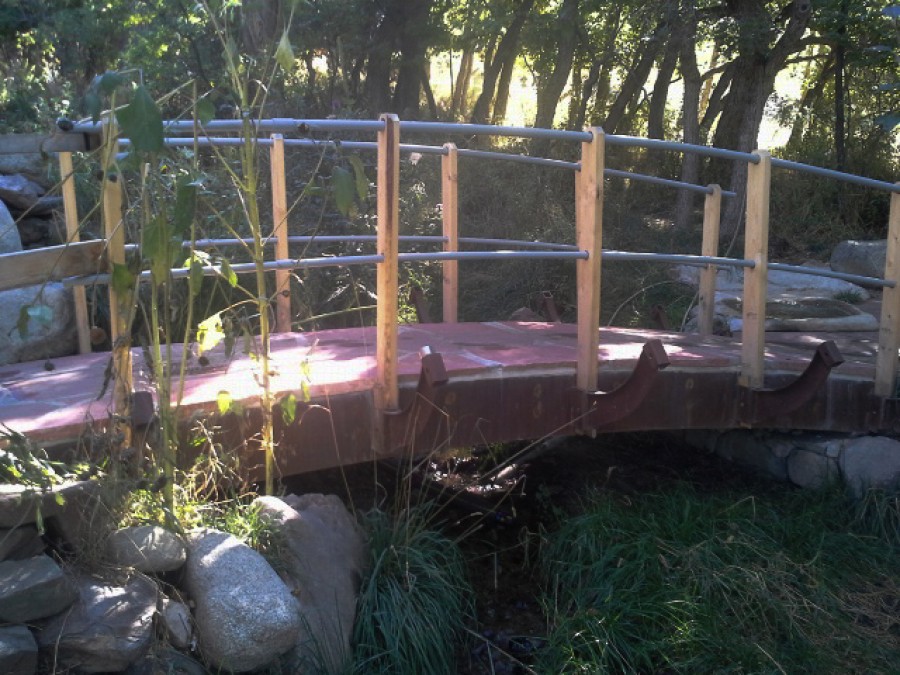
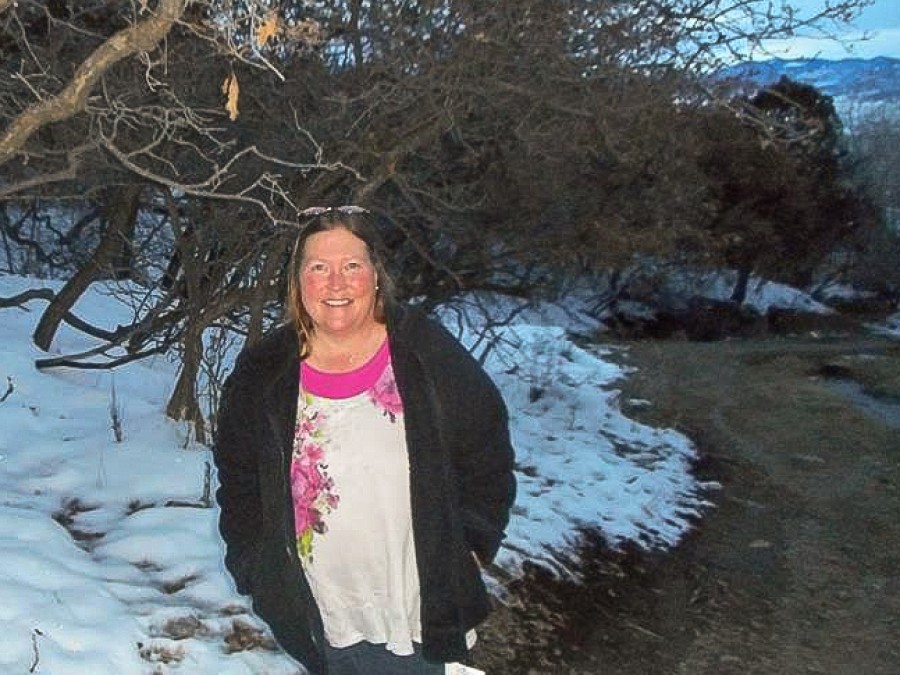
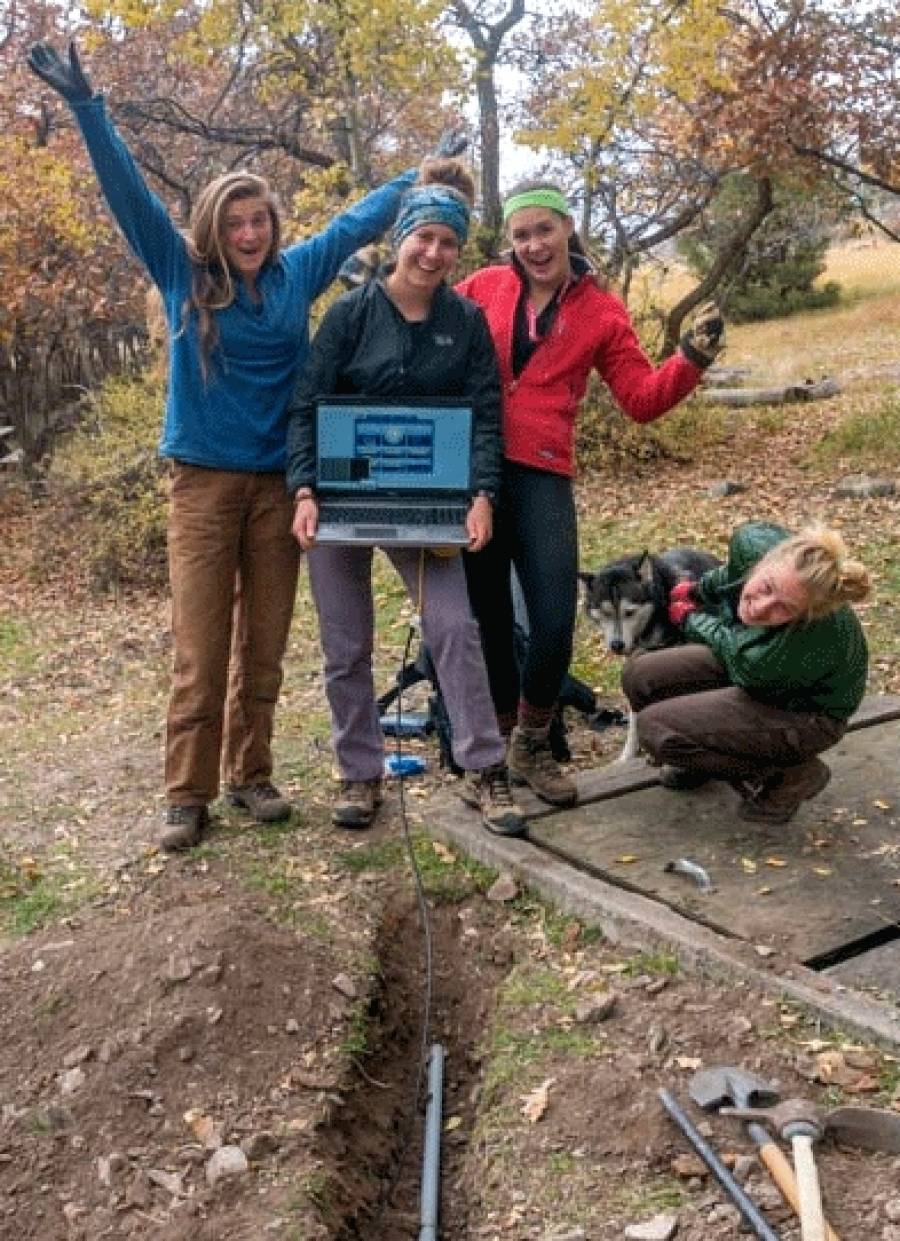
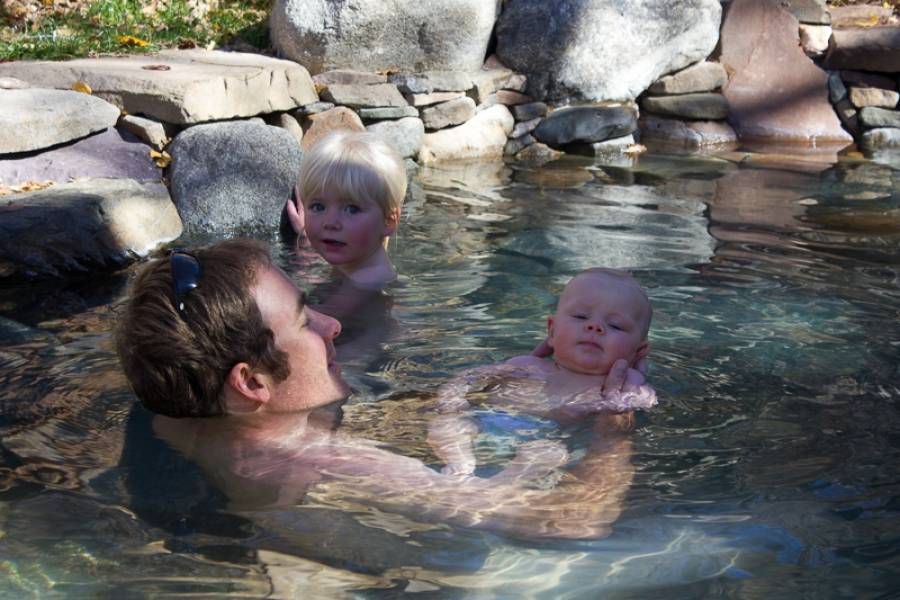
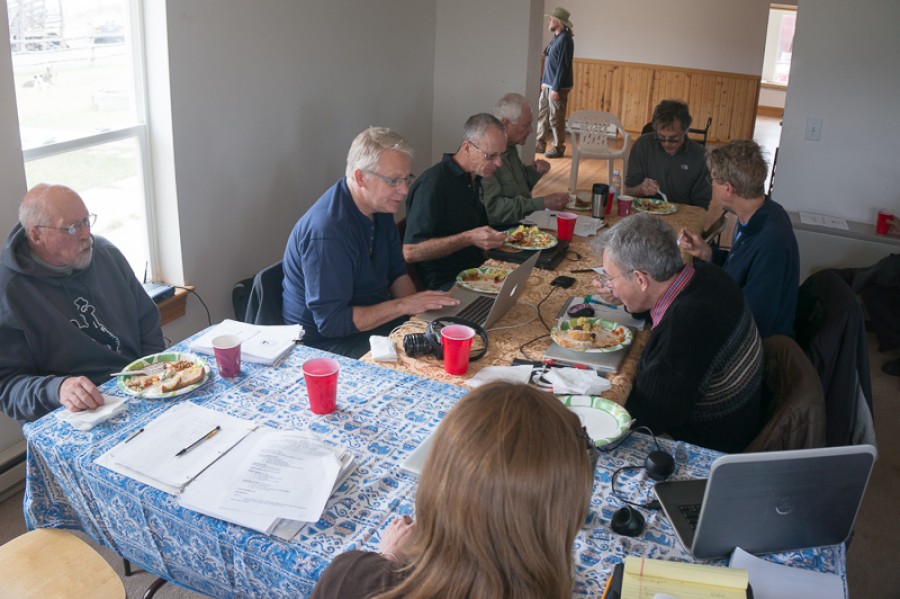
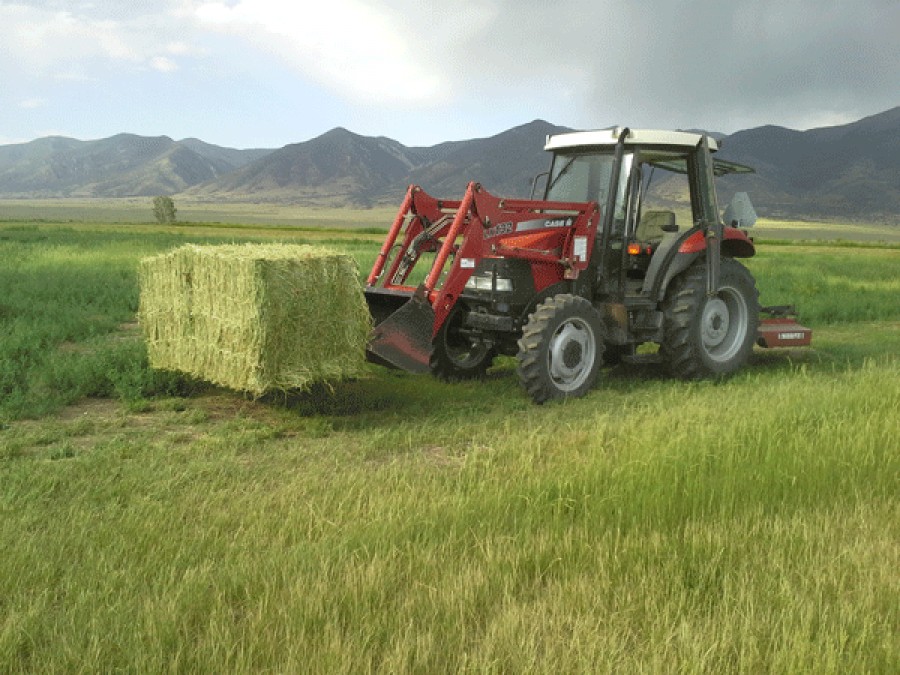
![New Telescope: See for Yourself [Video] New Telescope: See for Yourself [Video]](https://olt.org/media/k2/items/cache/bdc7d0f30e0c420b2ac279d6a1c096e4_XL.jpg)
